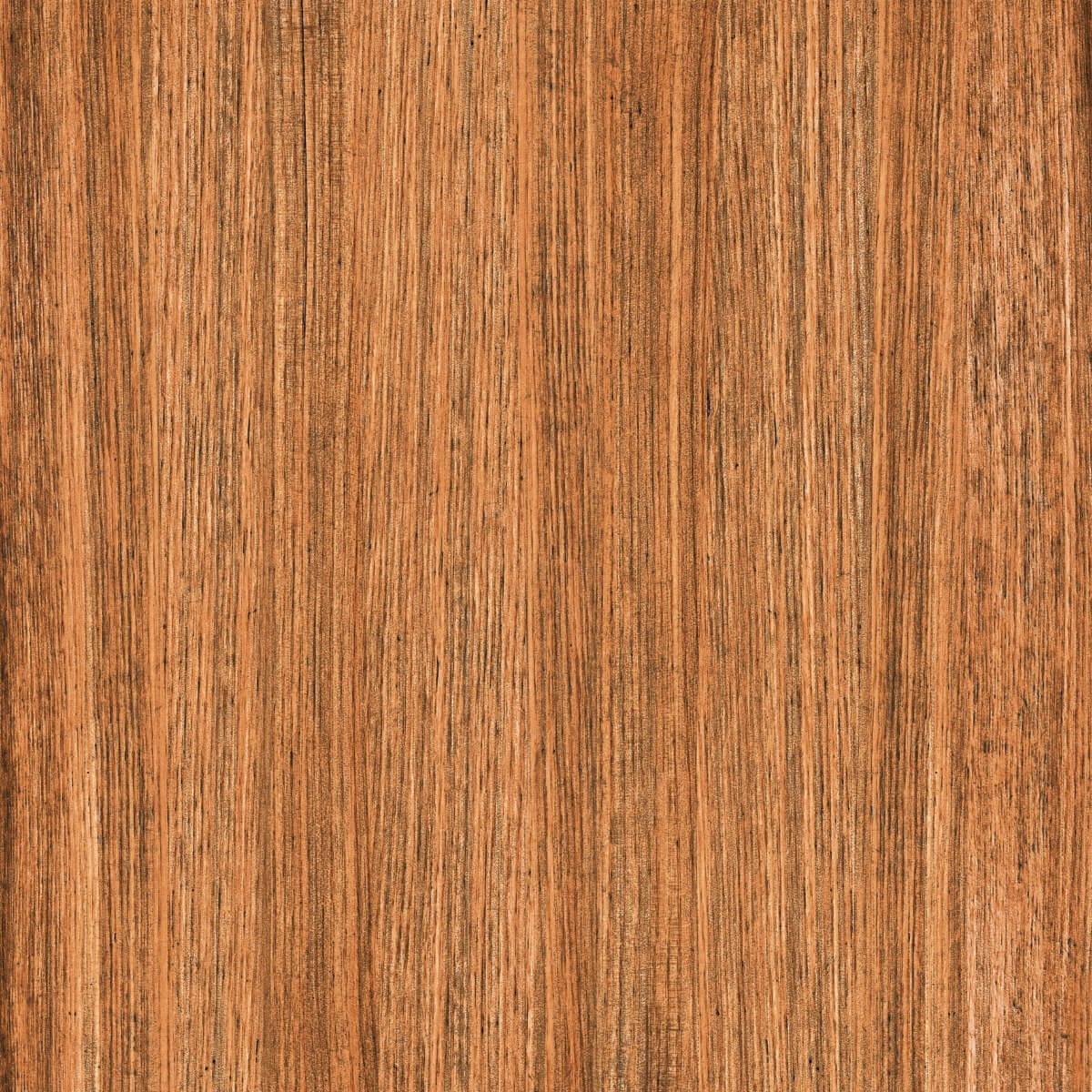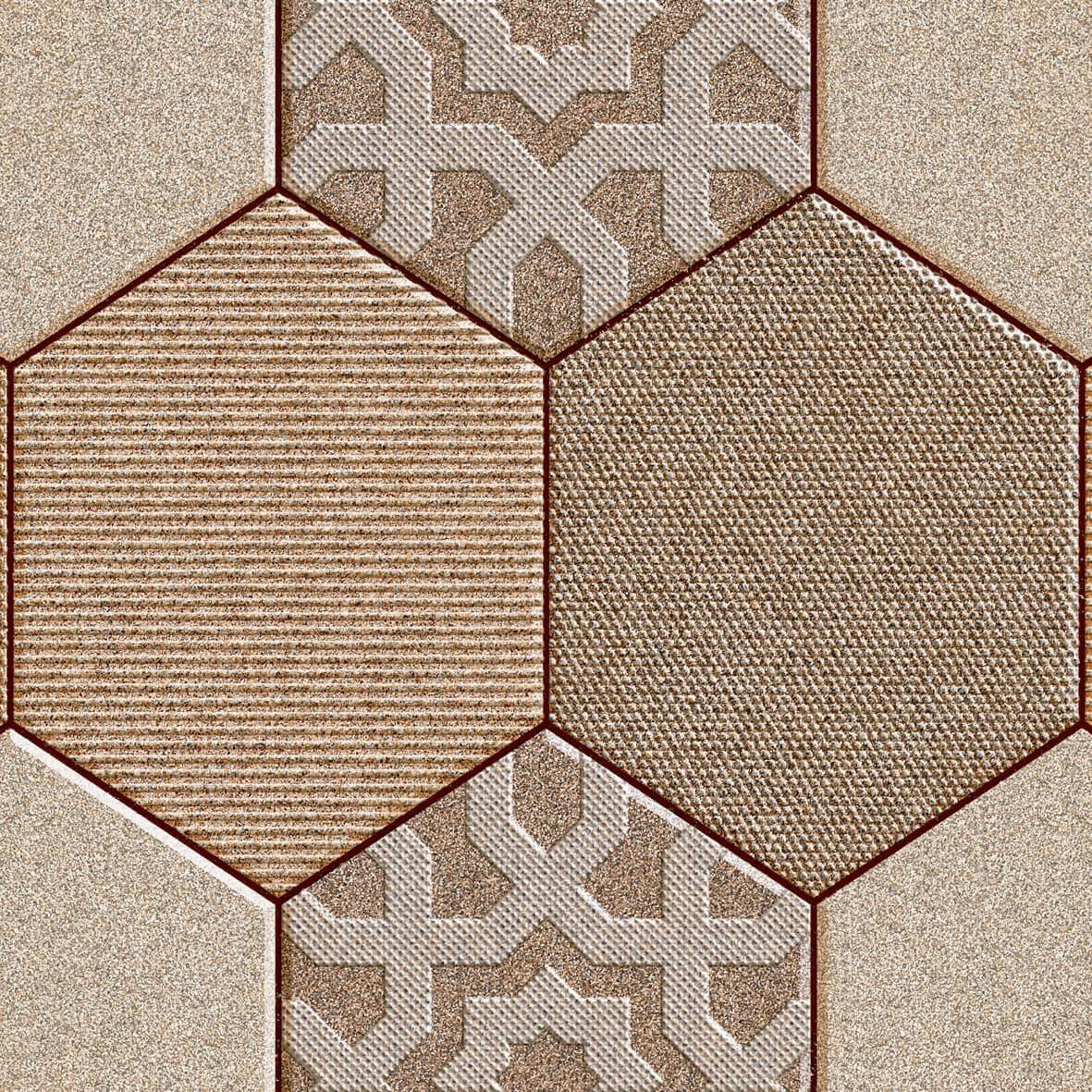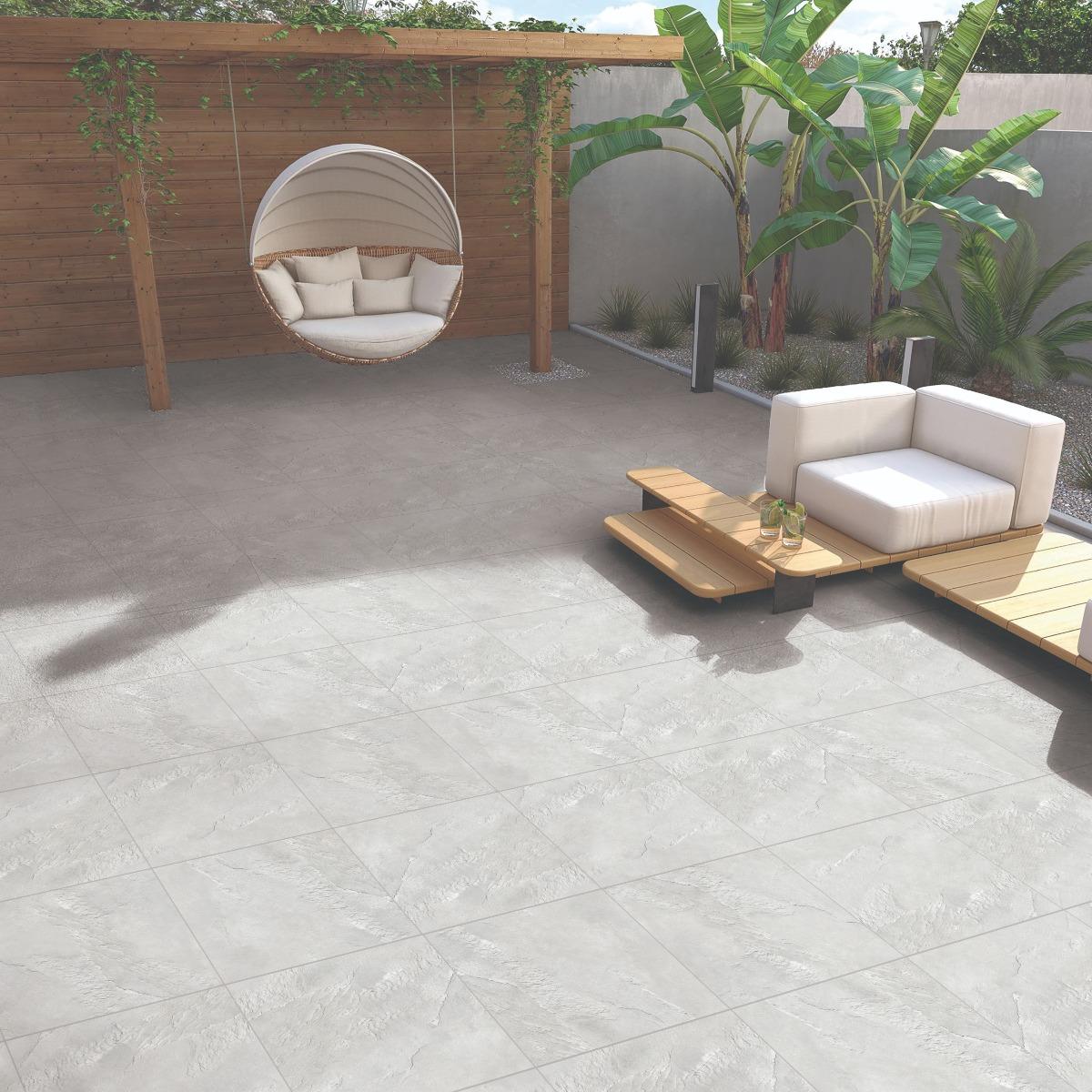These days, architects and interior designers are consciously integrating natural elements into concrete buildings to improve the overall quality of not just outdoor designs but even indoor layouts. This is because the human connection with nature has drastically diminished. According to various studies, a large number of the world population is living in urban cities and is spending maximum time indoors. As a result, people are left with limited exposure to greenery and natural light.
Biophilic designs or spaces are created to boost the connection between man-made structures and the natural environment. The main aim of a biophilic space is to use this connection to enhance the creativity, productivity and the overall well-being of its inhabitants. Biophilic designs also have a calming effect on the human mind as association with the natural world is known to reduce stress.
Biophilic designs can be divided into two broad categories, namely direct experience and indirect experience of nature.
Direct experience
![]()
- Under the direct experience of nature, the effort is to make a direct connection between the building and natural elements such as ensuring that enough natural light enters the house from windows, doors, courtyards and skylights. Getting adequate sunlight helps maintain the natural rhythm of the body and even improves the quality of the air indoors.
- Biophilic designs create a good indoor-outdoor connection by bringing in outdoor views within the precincts of a house. An outdoor connection can also be achieved by adding a lot of plants.
- Water features like fountains or ponds can be incorporated for direct experience of nature as they look aesthetically pleasing and also produce the natural sounds of water.
- Rich sensory stimuli can be achieved by incorporating scented plants and seasonal flowers in the house.
Indirect experiences
![]()
- The indirect experience of nature involves the use of organic shapes in the construction of the building and the furniture. Most forms of nature do not comprise of fixed geometric shapes or straight lines. For example, you can have a leaf-shaped side table in your living room to add the indirect natural touch.
- Natural materials like wood, stone, timber and leather can be used to design the interiors to incorporate nature indirectly. Since the flooring forms one of the major components of the home decor, it plays a key role in determining the overall indoor look of the house. But instead of going for wooden or natural stone flooring, consider porcelain or ceramic tiles that simulate the look of wood or natural stone but are comparatively easier to maintain and cheaper than natural flooring materials.
- The interiors can also be accessorized with photographs of nature, local art, murals, sculptures and floral patterns.
- The color of the walls, upholstery and furniture should include earthy tones, the color of sky or water that are inspired by nature.
Introducing direct and indirect connection with nature can take your space and you closer to nature. In the hubbub of the modern world, everyone needs a natural connection to strike a balance. So consider creating a biophilic space when designing your house.



























